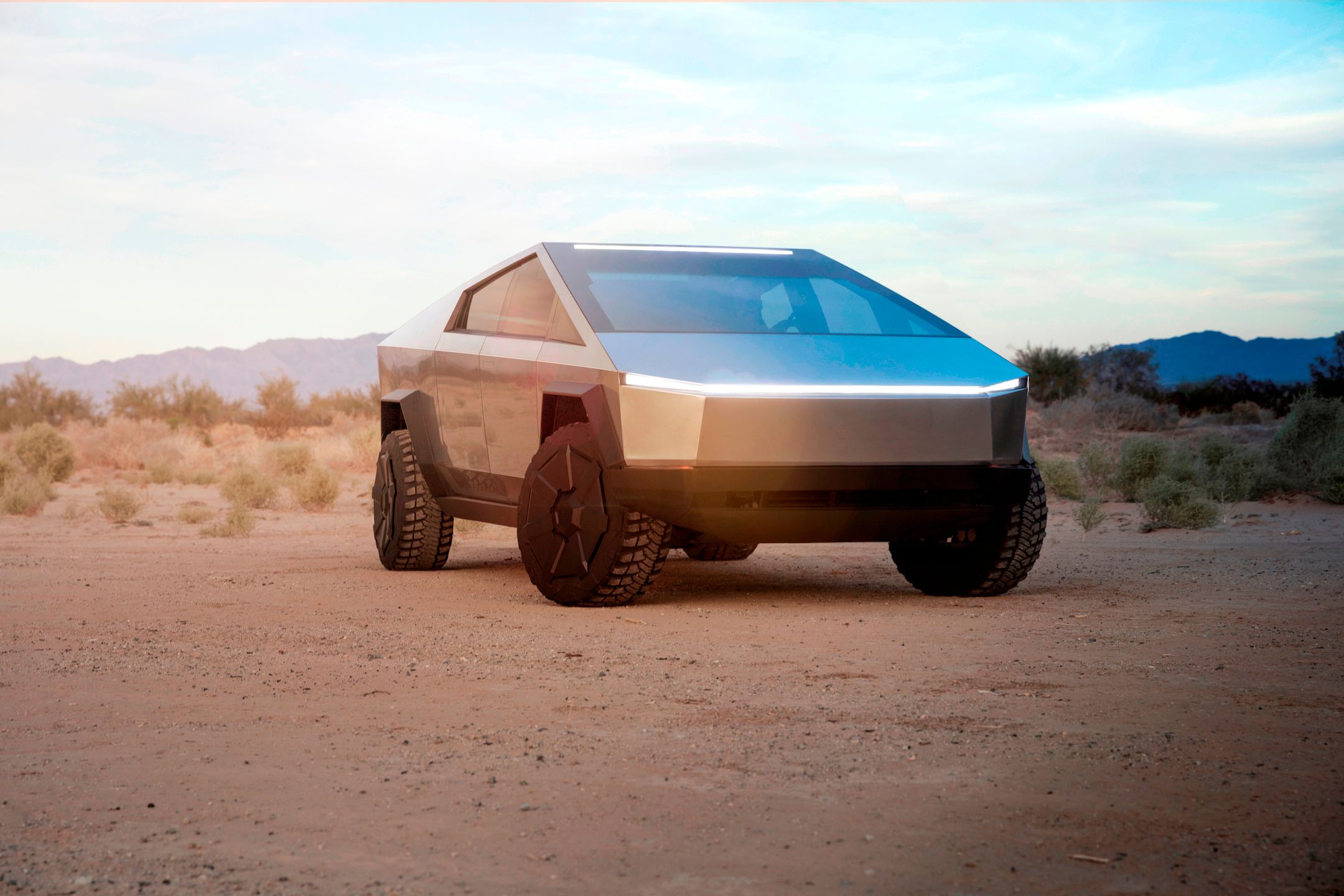
Right now, barring the sudden and unexpected production of the Cybertruck, the Semi is the only industrial truck made by Tesla. The brand's freight rigs are much larger and thirstier than the elusive Cybertruck, and a new study says that may be a problem, elusive Cybertruck, and a new study says that may be part of a problem, and not just for Tesla.
Tesla's Semis can haul a 40-ton load roughly 500 miles on a charge. As you might imagine, the batteries needed to do that are huge, expensive, and difficult to charge efficiently. Bloomberg Law says the truck stops needed to power Tesla's semi will need "as much power as a small town."
Researchers have discovered that your typical highway charging station will need about as much power as a local pro sports stadium.
The study, which Bloomberg Law reports was carried out by utility company National Grid, says that amount of power is just for electric passenger cars. Bart Franey, vice president of clean energy development at National Grid, is rightly concerned.
"We need to start making these investments now," Franey said. "We can't just wait for it to happen because the market is going to outpace the infrastructure."
The study finds that a connected grid capable of handling more than five megawatts of power will take eight or so years to build, costing tens of millions. With Semi deliveries reportedly right around the corner, our grid is out of date already.
Bloomberg Law (BL) insists that the amount of electricity consumed isn't a concern at all - so long as it's made cleanly. With cheap wind and solar power abound, only roughly 15% more demand would be added to global electricity consumption by 2040. Even if we stop making new gas-powered cars and trucks by 2030, something BL argues is highly optimistic. We're inclined to agree.
The challenge is best illustrated with an analogy. A fire hydrant can dump thousands of gallons of water out in minutes. This is the world's supply of electricity for EVs. A fire hose can push out hundreds of gallons of water in minutes. This is the world's charging infrastructure. Simply put, we need a bigger hose for further electrification to make sense.
"It's not like plugging in a toaster. If you put 50 trucks somewhere, that is basically equivalent to a factory," said Dave Mullaney, who leads the analysis of electric trucking at the RMI energy research institute.
"Utilities know how to build factories, but it's the process and sequencing required that's scary to me. Utilities need to be starting half a decade ahead of the trucks in order to not be bottlenecking the transition to electric trucks," he continued.
In its findings, National Grid studied the fueling behaviors of 71 highway gas stops across highway corridors in both New York and Massachusetts. Those behaviors were then applied to its projections for EV adoption to get a rough idea of what peak electrical demand will look like.
Some brands are working to assuage this, building EVs that can feed power back into the grid. Cars like the Hyundai Ioniq 5 will charge off-peak hours and sell energy back to the grid, curbing demand and creating a small revenue stream for its owners.
Telsa's long-run solution may need some work, but electric semi trucks in shorter-range applications have their own challenges. Both Daimler and Volvo field electric trucks already. The two brands primarily use the trucks for short-range, day-to-day hauling, with the trucks charging up in a factory at night.
Installing chargers into these factories or distribution centers is a lengthy process. Some customers had to cancel orders after it was revealed that the truck's chargers would take a year longer to install than it would to get the trucks themselves.
What's left is a massive need for sweeping regulatory change. President Biden has already begun working towards a more modern infrastructure in the US, but efforts must transcend one or two terms of office from a single president.
